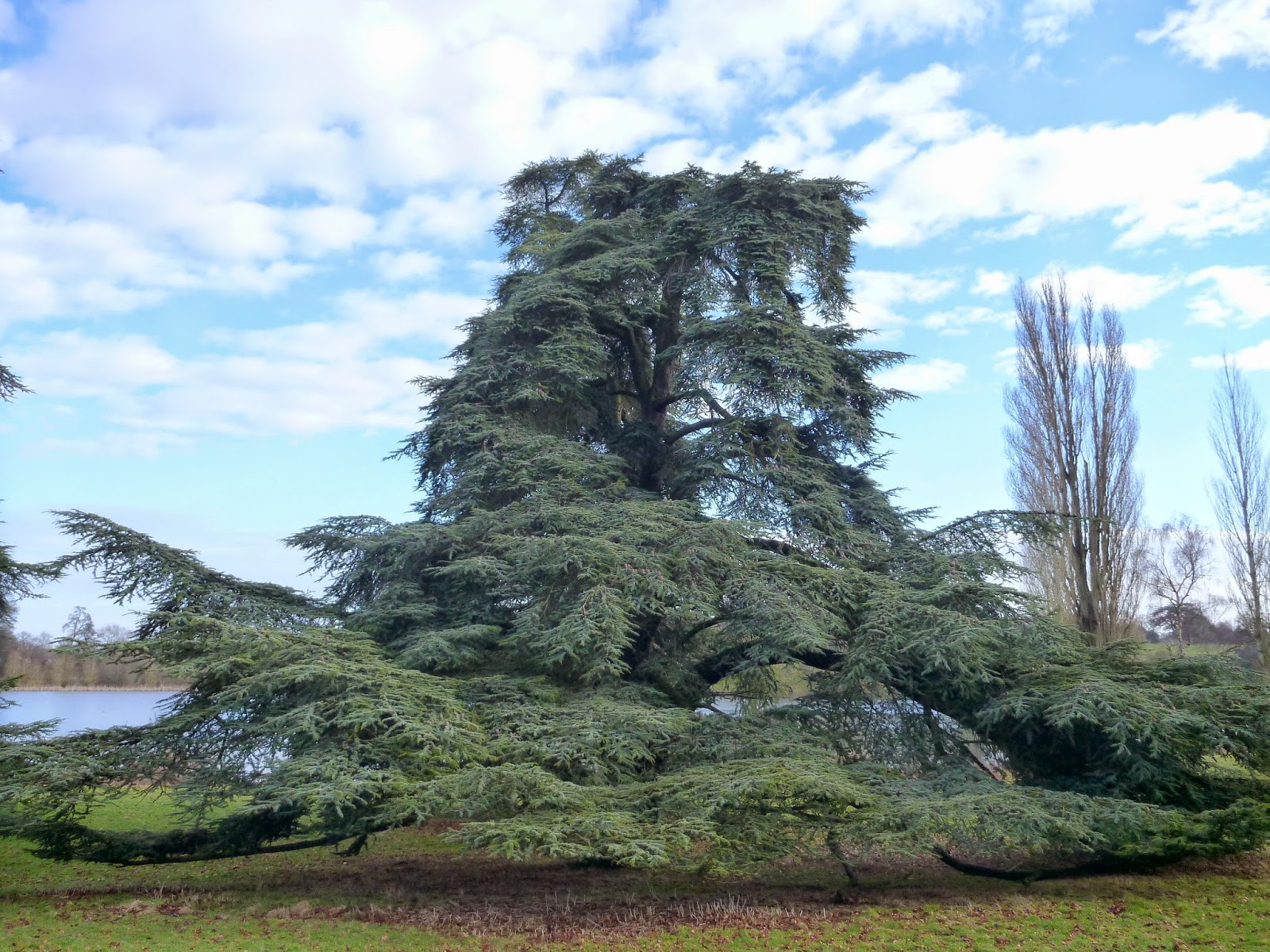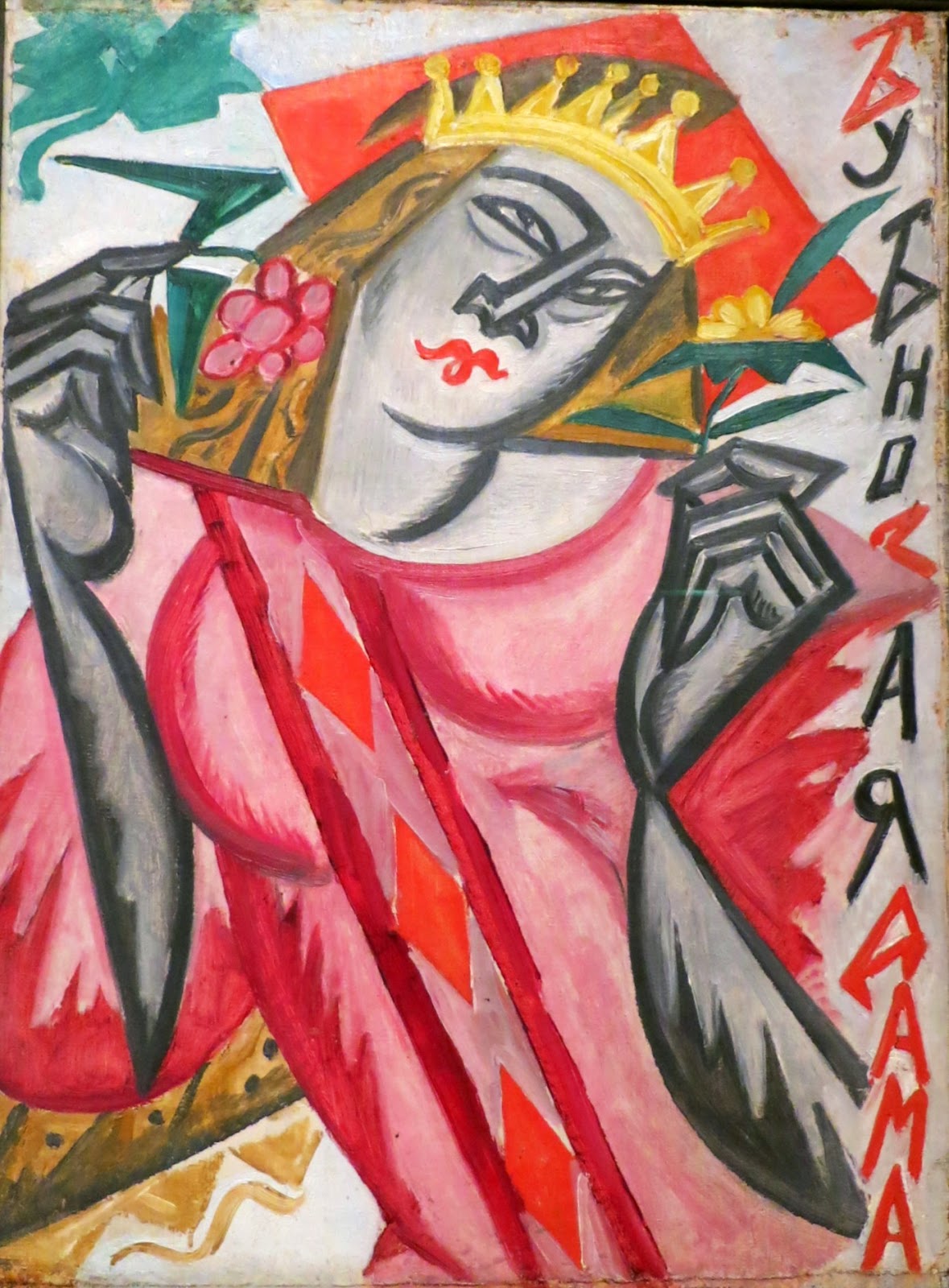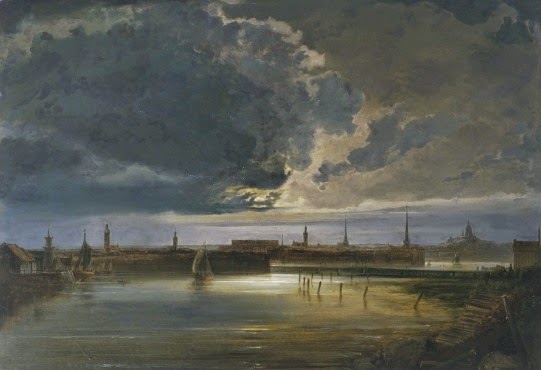German Expressionism at the Courtauld, Somerset House.
Largely inspired by Van Gogh, Munch and the Fauve Matisse, Expressionism took root in Germany. The Expressionists preferred the Gothic to the Classical with its pointed, discontinuous shapes and its emphasis on mystical directness and strong feeling. They wanted direct communication with jolts of colour and shape. They identified personal truth with candour of expression and gradually 'Expressionis't adhered to their work.
Fundamental to Expressionism, the Blue Rider group was founded by Wassily Kandinsky and other painters in 1910. Transcendentalism was their common interest. They believed in the promotion of modern art; the connection between visual art and music; the spiritual and symbolic associations of colour; and a spontaneous, intuitive approach to painting.
Gabriele Munter, Portrait of a Young Woman in a Large Hat, 1909
This assertively modern and daring portrait conveys the woman's self-confidence, enhanced by her knowing smile and intense gaze. Munter later wrote: 'the painting of portraits is the boldest and the most difficult, the most spiritual, the most extreme task of the artist'.
Munter was part of a radical band of artists working in Munich, including Wasilly Kandinsky, with whom she founded the avant-garde group, Der Blauer Reiter (The Blue Rider) in 1911.
Alexej Jawlensky, The Dunes of Prerow, 1911
When he was in Murnau with Wassilly Kandinsky and Gabriele Munter, Jawlensky painted a remarkable series of landscapes using non-naturalistic colours. In 1911 in the town of Prerow he took these experiments further. Simplified forms, bold, expressive colours are used in this painting. He considered these his 'best landscapes... the pictures were the product of an overwhelming inner ecstasy'.
Wassily Kandinsky, Improvisation on Mahogany, 1910
Heinrich Campendonk, The Dream, 1913
Alexej Jawlensky, Manola, 1913
Source:
Robert Hughes, The Shock of the New.

















































